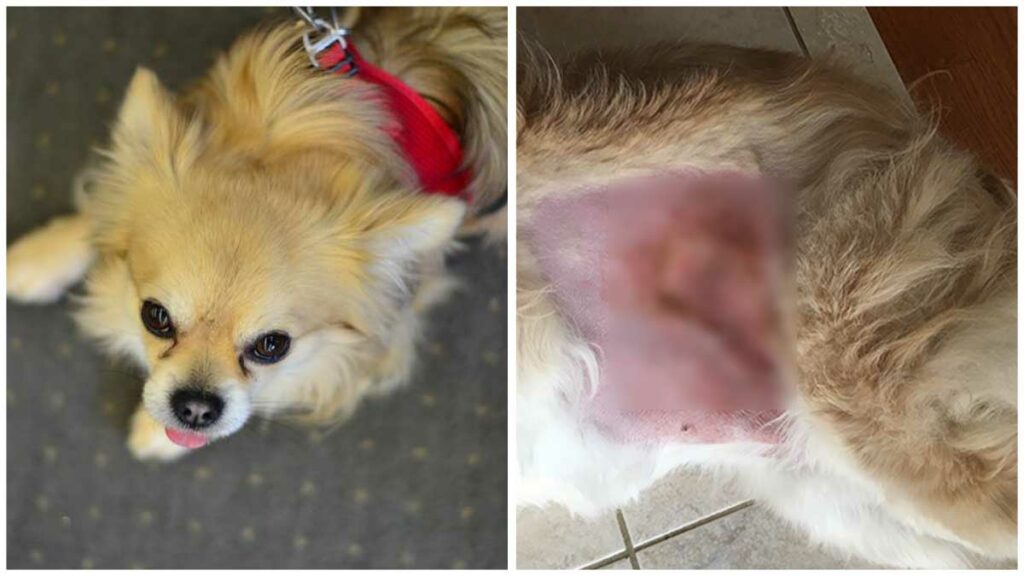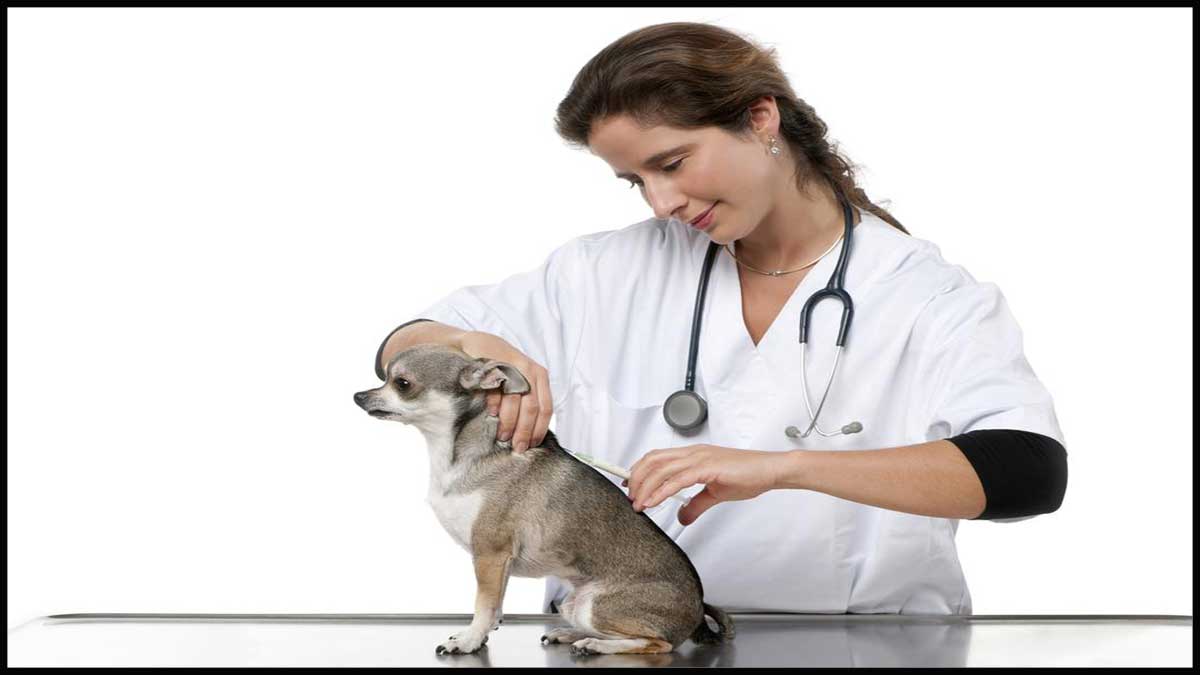Acute moist dermatitis or hot spots are common skin disorders in dogs. Hot spots can appear suddenly and become large red, irritated lesions in a short time.
- Allergies including food allergies or inhalant allergies that cause itching.
- Reactions to insect bites from fleas, mites (Sarcoptes, Cheyletiella), or other small insects (caterpillars, bees, wasps, lice, gnats, or mosquitoes).
- Ear infections. Bacteria or yeast in the ear canal can be so irritating that the dog scratches at his ear creating hot spots on the ear flap, behind the ear, or on the neck.
- Pyoderma. Primary skin infections also caused by bacteria or yeast may incite the dog to scratch an area so much that a secondary hot spot forms.
- Poor grooming. Dogs with unkempt hair coats bite at tangles, creating open wounds. Matted fur prevents air from reaching the skin and retains water after a dog swims or gets caught in the rain so the skin stays wet. This sets up a perfect environment for a hot spot.

Other Causes for Hot Spots
- Boredom. Dogs, like people, develop bad habits. Instead of biting their fingernails, bored dogs lick areas that are easily accessible. When they lie down, the feet and forearms are right under their faces so hot spots often occur here.
- Orthopedic problems. Dogs with arthritis or back problems tend to lie down much of the time. Lying on one side creates abrasions over pressure points, like hips or hocks (ankles), where bony protrusions have little muscular padding, especially in elderly dogs with diminishing muscle mass. When the dog licks the abrasion, a hot spot erupts. Dogs also lick or chew at degenerating joints much like people rub a sore knee to relieve the pain, creating hot spots in the process.
- Anal gland inflammation. Infected or impacted anal glands are painful and annoying. Dogs lick the area around the rectum and can cause hot spots under or on top of the tail.
What does a hot spot look like?
It is usually a large, raw, inflamed, and bleeding area of skin. The area becomes moist and painful and begins spreading due to continued licking and chewing.
What does treatment involve?
The underlying cause should be identified and treated, if possible. Flea and tick preventives should be administered at the time of treatment. Anti-inflammatory medications and antibiotics, such as injectable, oral, or topical preparations, are often used to relieve the intense itching and to combat secondary skin infection.

Moreover, the area is usually clipped and cleaned to facilitate applying any sprays or ointments on the affected area. Protective collars (Elizabethan or E-collars) are often used to prevent the dog from further licking and injuring the site while healing occurs. See handouts “First Aid for Hot Spots in Dogs” and “Elizabethan Collars in Dogs” for further information.
What is the prognosis?
The prognosis is good with treatment. The condition usually resolves as rapidly as it developed.
Is the condition likely to recur?
Unfortunately, dogs that have hot spots are likely to experience recurrences. Flea control and proper bathing and grooming are your best defenses against future hot spots. Dogs that experience chronic hot spots should be tested for hypothyroidism, skin and food allergies, joint problems, or behavioral issues.
Source: vcahospitals




